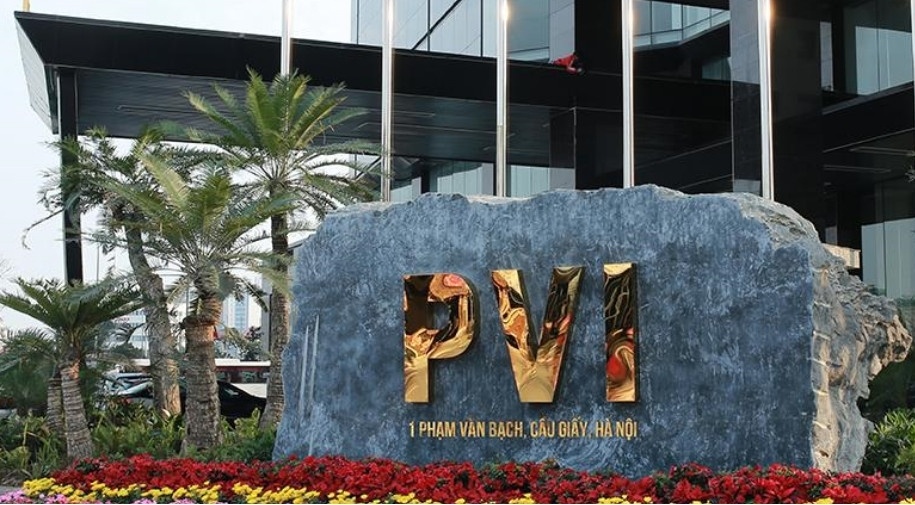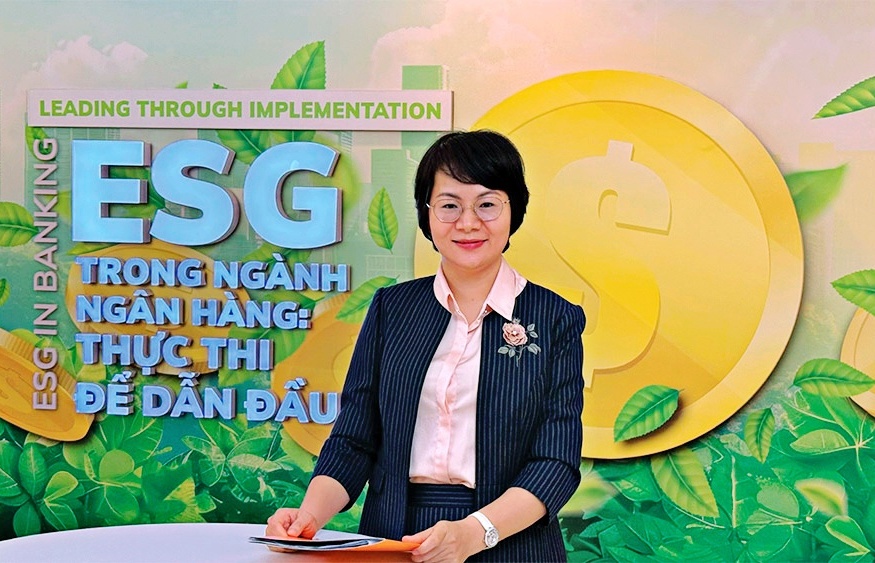Insuring against the unexpected
 The non-life insurance market share is mainly on the hands of local leading businesses like PetroVietnam Insurance (PVI), Bao Viet Insurance, Bao Minh, Pjico Insurance Corp. and Post-Telecommunication Insurance PTI.
The non-life insurance market share is mainly on the hands of local leading businesses like PetroVietnam Insurance (PVI), Bao Viet Insurance, Bao Minh, Pjico Insurance Corp. and Post-Telecommunication Insurance PTI.
Foreign insurance players, still capturing modest market slices, have carved a niche in specific segments.
For instance, US Liberty Insurance targets motorised vehicles and health insurance area; France’s Groupama offers a wide variety of insurance services including health and accident liability, property and damage insurance, freight transport insurance and hull insurance; and Australia’s QBE focuses on fire and special peril insurance, reinsurance and insurance against risks to property.
“Insurance striving to bolster retail operations matches current development trend,” said Bank for Investment and Development’s Insurance (BIC) general director Ton Lam Tung, adding that firms needed to boost retail business in the face of current economic hardships and projects’ finite budget.
Besides, insurers are also scaling up efforts striving to foster and diversify distribution channels to get closer to customers.
Ngo Viet Trung, deputy head of Ministry of Finance’s Insurance Supervisory Authority, said current non-life insurance market featured over 800 products but showing little divergences. Hence, promoting distribution channels is important to help firms outshine their rivals.
Accordingly, in parallel to traditional channel of selling products through agents, firms were making efforts to boost sales through resorting to bank support, or selling via the Internet or mobile phones.
Industry experts, however, say that to get an upper hand in the market firms needed to set clear targets and capitalise on all resources accordingly.
“In fact, an insurer could hardly simultaneously achieve multiple targets, hence it must define what targets need priority,” said Ian Cheng, Ernst & Young Hong Kong’s advisory services director.
“For example, when a firm targets market share dominance, it must willingly accept lower profits in a certain period,” Cheng said.
What the stars mean:
★ Poor ★ ★ Promising ★★★ Good ★★★★ Very good ★★★★★ Exceptional
 Tag:
Tag:
Related Contents
Latest News
More News
- Central Bank of Cuba chief visits Hanoi to work with VBSP (November 22, 2024 | 15:49)
- Credit sees steady growth towards year-end (November 21, 2024 | 17:46)
- HDBank wins three titles at Vietnam Listed Company Awards (November 21, 2024 | 10:01)
- VLCA’s corporate governance mission (November 21, 2024 | 10:00)
- The promotion of ESG via banking (November 21, 2024 | 09:32)
- Standard Chartered committed to Vietnam’s financial success (November 21, 2024 | 09:24)
- Full ESG adoption the priority for Agribank (November 21, 2024 | 09:07)
- Banks entice youth with tech advances (November 21, 2024 | 08:00)
- Banks shaping the future as business advisors (November 20, 2024 | 21:00)
- ESG represents a shift towards sustainability for banks (November 20, 2024 | 13:00)






















 Mobile Version
Mobile Version